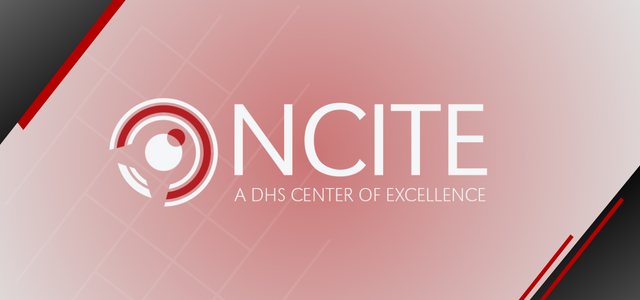Document Type
Article
Publication Date
7-4-2022
Publication Title
Creativity Research Journal
First Page
1
Last Page
16
Abstract
Research on malevolent creativity has rarely linked the generation of harmful ideas with their implementation (i.e., malevolent innovation). To explain why people might act upon their malevolently creative ideas, we drew on affective events theory. Specifically, given evidence that aggressive and creative thought events can elicit positive emotions, we argued that generating new and harmful ideas can evoke positive emotional states that make malevolent innovation a more desirable course of action. We first tested our mediational pathway in two studies with different malevolent creativity tasks. Finding only partial support for our predictions in Study 1 (N = 126), but full support in Study 2 (N = 296), we reflected on our study tasks and suspected that our mixed results may have occurred because the target of ideas in Study 2 embodied more human qualities than in Study 1. Thus, we integrated theory on target personification to see if assigning personhood to a target moderated the malevolent creativity-innovation pathway. We tested our updated model in Study 3 (N = 214) and found that the indirect effect of malevolent creativity on the desire to implement ideas (through positive emotions) was indeed conditional upon individuals’ personification of a target.
Plain Language Summary
Little research has examined why and when people might act upon their malevolently creative (i.e., new and harmful) ideas. Given evidence that aggression and creativity can both arouse positive emotional states, it may be possible that forming malevolently creative ideas can make people feel more positively about implementing them later on. However, our research findings paint a more nuanced picture, suggesting that the emotional link between generating and implementing malevolently creative ideas only occurs when people see their targets as more human-like (i.e., they can assign personhood to their targets).
Recommended Citation
Tin L. Nguyen, Kayla N. Walters, Alexis L. d’Amato, Scarlett R. Miller & Samuel T. Hunter (2022) Target Personification Influences the Positive Emotional Link Between Generating and Implementing Malevolently Creative Ideas, Creativity Research Journal, DOI: 10.1080/10400419.2022.2089820


Comments
This is an Accepted Manuscript of an article published by Taylor & Francis in Creativity Research Journal on July 4, 2022, available online: https://doi.org/10.1080/10400419.2022.2089820
This material is based on work supported by the U.S. Department of Homeland Security under Grant Award Number, 20STTPC00001-02. The views and conclusions included here are those of the authors and should not be interpreted as necessarily representing the official policies, either expressed or implied, of the U.S. Department of Homeland Security.